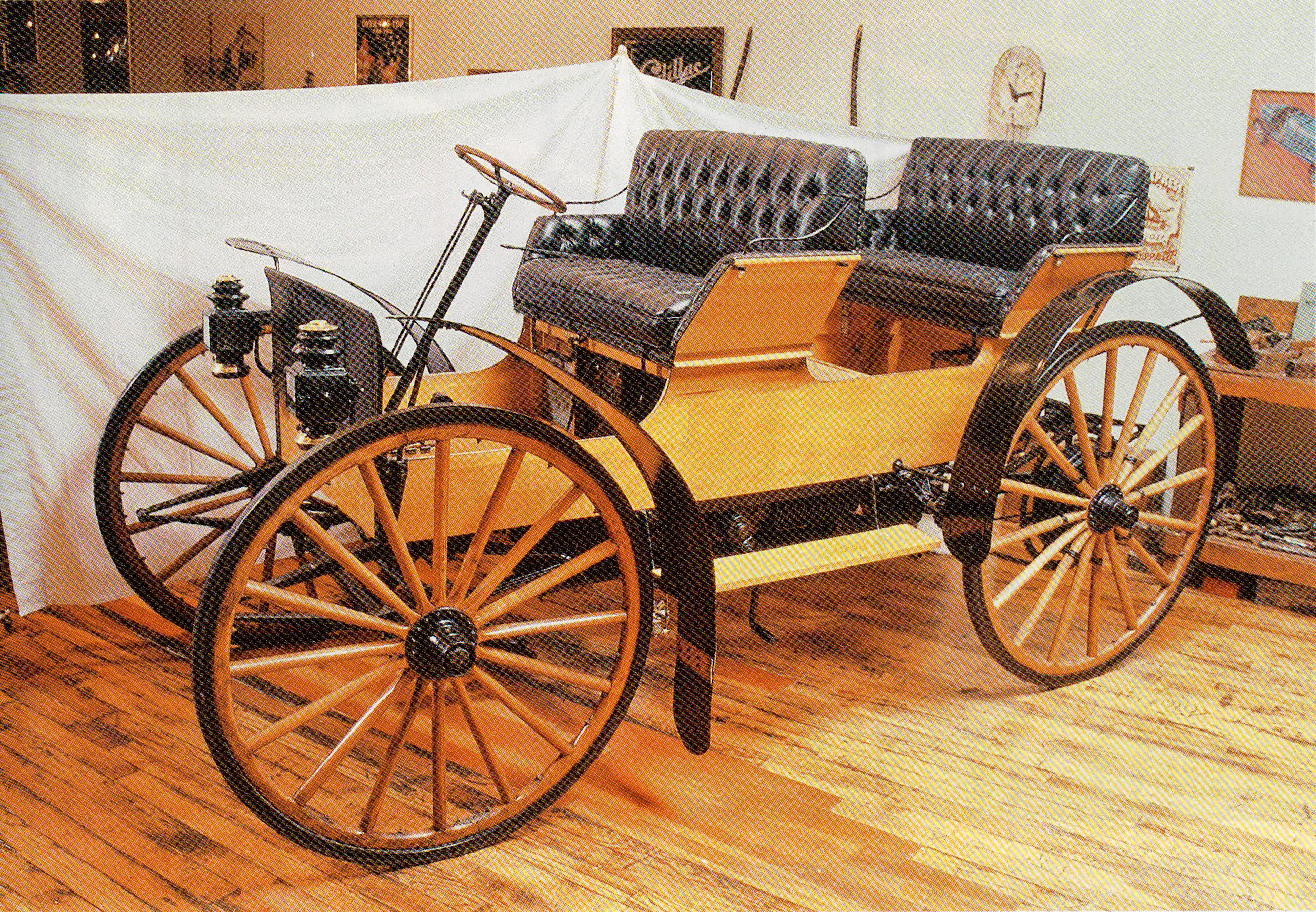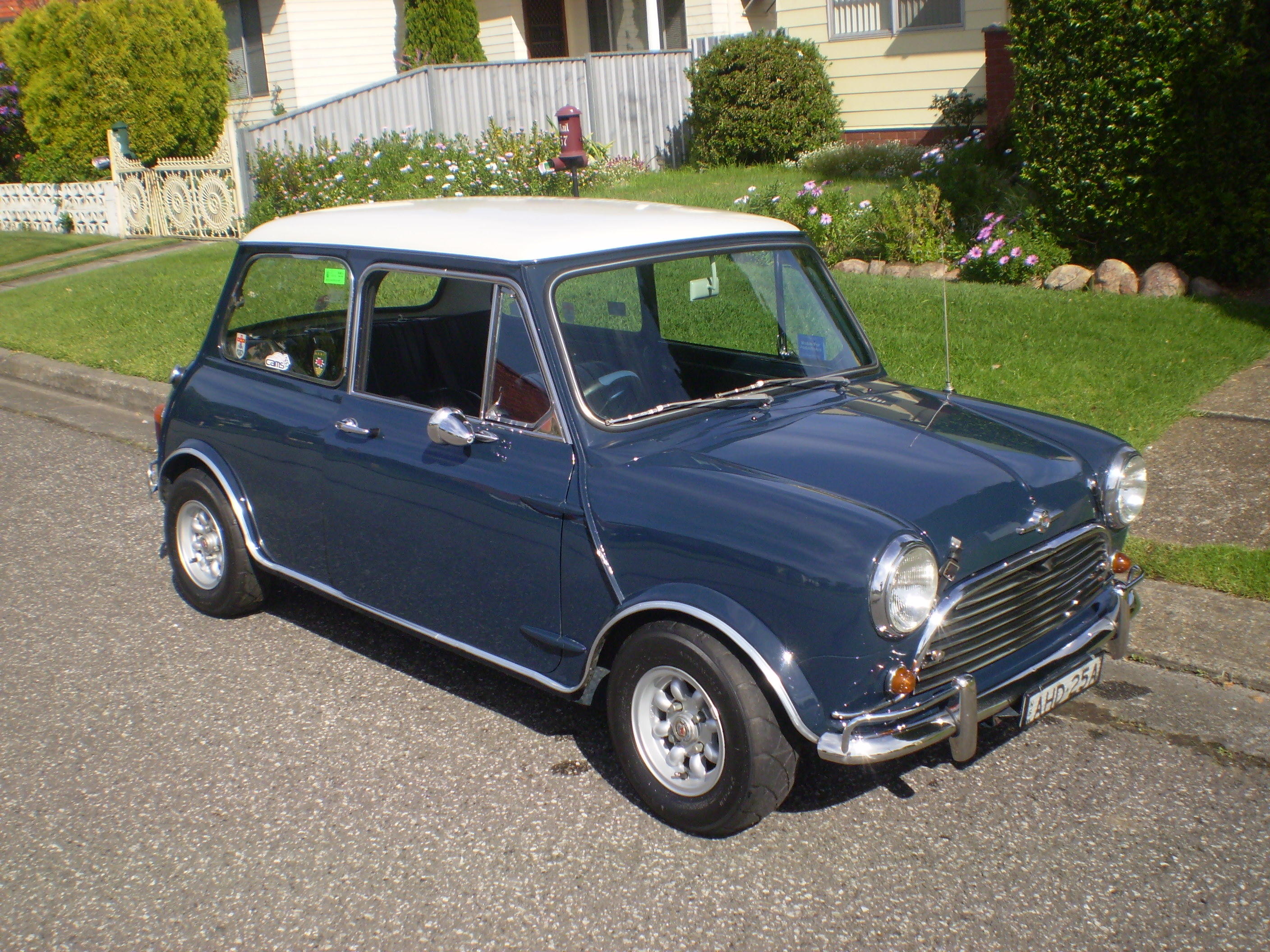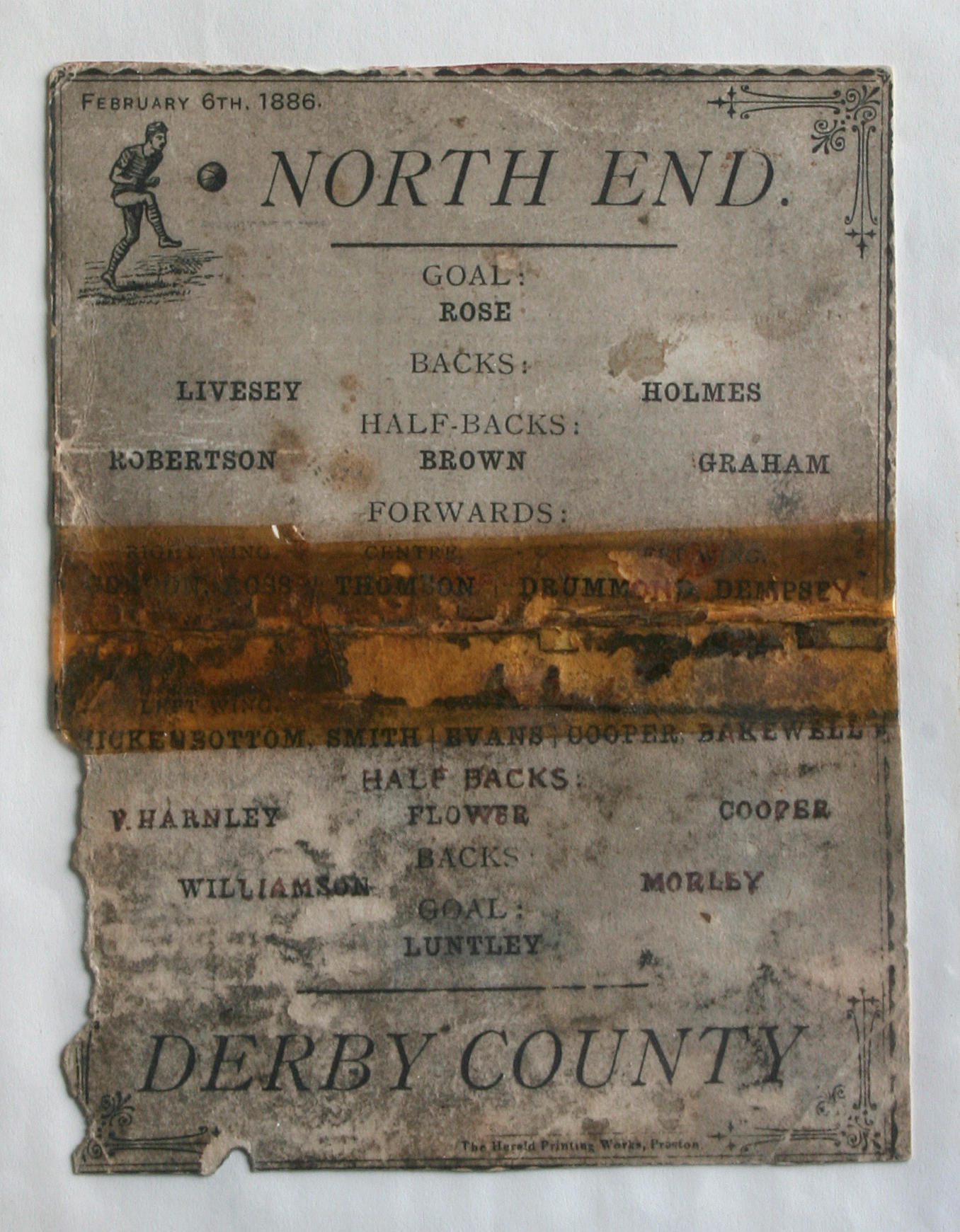The earliest surviving and ex-Arthur Henry Briggs, Founding Director of Rolls-Royce Ltd. 1907 ROLLS-ROYCE 40/50HP OPEN DRIVE LIMOUSINE Registration No. AK 797 (UK) Chassis No. 60547 Engine No. 546 Green with black coachlining and green interior Engine: six cylinders, in-line in two blocks of three, L head, 7,036cc. (429ci.); Gearbox: four-speed manual; Suspension: front, semi-elliptic leaf spring, rear, semi-elliptic with transverse rear cross leaf spring; Brakes: external contracting on rear wheels and transmission. Right hand drive. The story of how the two most famous names in the history of the motor car became partners is well-documented, but in synopsis it was a perfect meeting of the minds of two individuals: the first, the Honourable Charles Stewart Rolls, a pioneering enthusiast of the motor car who sought to promote it and whose amateur interest progressed to a profession in importing and selling cars; his partner, Frederick Henry Royce, an engineer with business origins in the manufacture of electrical and mechanical products, whose frustration at the quality of his own car, a Decauville, and brief recession in his market in 1901-2 led him to develop a motor car of his construction. Guided to each other by their associates, the Royce car was recommended to Rolls by Royce's third customer, Henry Edmunds, who as a Director of the company, recognised that if the Royce was to be a success, they would need a suitably good outlet for their cars. A meeting took place in May 1904, when Rolls was given the opportunity to test drive the 10hp Royce car. He immediately approved of it, realising that it would be ideal for even his most exacting clients. Of further benefit was the news that Royce had aspirations for other future models, of three, four and six cylinder cars. In the early days of motoring, the wealthiest clients sought the minimum of noise, odour, vibration and smoke from their cars and a six cylinder engine was deemed to be the epitome of such refinement. However, if the twin cylinder Royce was already this refined, it was clear that a six would be quite exceptional. An agreement was quickly formulated for Rolls & Co. Ltd to be the sole suppliers of the Royce car. In a brilliant promotional move, which is attributed to Claude Johnson, Rolls' partner, the car was to be sold using his well known name, alongside that of its relatively unknown manufacturer. The Rolls-Royce car was born. Late in 1904 at the Paris Salon, Rolls exhibited a 10hp car, a polished demonstration 10hp chassis and engine, a 15hp chassis, a 20hp car and a 30hp six cylinder engine, the result of frenetic activity at the Cooke St, Manchester works of Royce Ltd. From this time onwards, as the orders arrived for the new car, Rolls began to discontinue his licensing agreements to concentrate solely on the Rolls-Royce, which he and Johnson were able to sell promptly on its merits. He also worked with Johnson to promote the new marque, and to this end decided upon entering a team of two 20hp cars for the 1905 Tourist Trophy, which Royce built to a light-weight specification. Despite Rolls' Royce going out on the first lap of the Isle of Man circuit, the second car, driven by Northey, came in second place - a notable achievement which awarded the Rolls-Royce considerable acclaim and served to inspire Claude Johnson to promote the success. 1906 saw the company progress even further; later on the second TT would be won by a Rolls-Royce. But following the agreement in the Spring of a closer association between supplier and manufacturer, Rolls-Royce Ltd. was founded with capital of £60,000. Its directors were named as Rolls, Royce, Johnson and Arthur Henry Briggs. The latter was a wealthy and shrewd industrialist who had made his money in textiles, and was one of the earliest customers for a Rolls-Royce, purchasing an early (heavy) 20hp model in May 1905. He also held considerable influence within the company. At various points in its early history, B
The earliest surviving and ex-Arthur Henry Briggs, Founding Director of Rolls-Royce Ltd. 1907 ROLLS-ROYCE 40/50HP OPEN DRIVE LIMOUSINE Registration No. AK 797 (UK) Chassis No. 60547 Engine No. 546 Green with black coachlining and green interior Engine: six cylinders, in-line in two blocks of three, L head, 7,036cc. (429ci.); Gearbox: four-speed manual; Suspension: front, semi-elliptic leaf spring, rear, semi-elliptic with transverse rear cross leaf spring; Brakes: external contracting on rear wheels and transmission. Right hand drive. The story of how the two most famous names in the history of the motor car became partners is well-documented, but in synopsis it was a perfect meeting of the minds of two individuals: the first, the Honourable Charles Stewart Rolls, a pioneering enthusiast of the motor car who sought to promote it and whose amateur interest progressed to a profession in importing and selling cars; his partner, Frederick Henry Royce, an engineer with business origins in the manufacture of electrical and mechanical products, whose frustration at the quality of his own car, a Decauville, and brief recession in his market in 1901-2 led him to develop a motor car of his construction. Guided to each other by their associates, the Royce car was recommended to Rolls by Royce's third customer, Henry Edmunds, who as a Director of the company, recognised that if the Royce was to be a success, they would need a suitably good outlet for their cars. A meeting took place in May 1904, when Rolls was given the opportunity to test drive the 10hp Royce car. He immediately approved of it, realising that it would be ideal for even his most exacting clients. Of further benefit was the news that Royce had aspirations for other future models, of three, four and six cylinder cars. In the early days of motoring, the wealthiest clients sought the minimum of noise, odour, vibration and smoke from their cars and a six cylinder engine was deemed to be the epitome of such refinement. However, if the twin cylinder Royce was already this refined, it was clear that a six would be quite exceptional. An agreement was quickly formulated for Rolls & Co. Ltd to be the sole suppliers of the Royce car. In a brilliant promotional move, which is attributed to Claude Johnson, Rolls' partner, the car was to be sold using his well known name, alongside that of its relatively unknown manufacturer. The Rolls-Royce car was born. Late in 1904 at the Paris Salon, Rolls exhibited a 10hp car, a polished demonstration 10hp chassis and engine, a 15hp chassis, a 20hp car and a 30hp six cylinder engine, the result of frenetic activity at the Cooke St, Manchester works of Royce Ltd. From this time onwards, as the orders arrived for the new car, Rolls began to discontinue his licensing agreements to concentrate solely on the Rolls-Royce, which he and Johnson were able to sell promptly on its merits. He also worked with Johnson to promote the new marque, and to this end decided upon entering a team of two 20hp cars for the 1905 Tourist Trophy, which Royce built to a light-weight specification. Despite Rolls' Royce going out on the first lap of the Isle of Man circuit, the second car, driven by Northey, came in second place - a notable achievement which awarded the Rolls-Royce considerable acclaim and served to inspire Claude Johnson to promote the success. 1906 saw the company progress even further; later on the second TT would be won by a Rolls-Royce. But following the agreement in the Spring of a closer association between supplier and manufacturer, Rolls-Royce Ltd. was founded with capital of £60,000. Its directors were named as Rolls, Royce, Johnson and Arthur Henry Briggs. The latter was a wealthy and shrewd industrialist who had made his money in textiles, and was one of the earliest customers for a Rolls-Royce, purchasing an early (heavy) 20hp model in May 1905. He also held considerable influence within the company. At various points in its early history, B












.jpg)
.jpg)
Try LotSearch and its premium features for 7 days - without any costs!
Be notified automatically about new items in upcoming auctions.
Create an alert